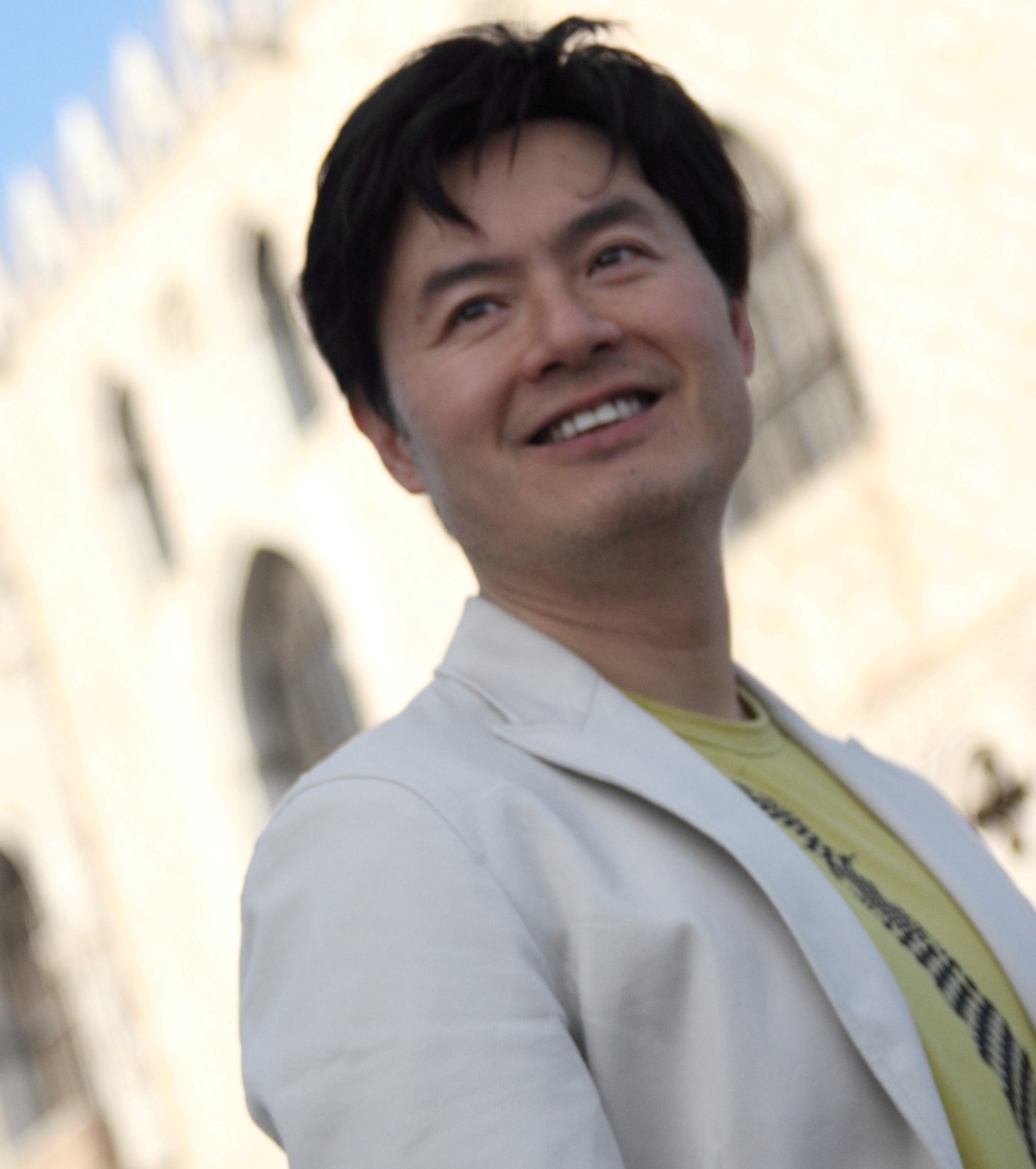ENTERing INTERdisciplinarity

After listening to both episodes from the Interdisciplinarity series, I found it fascinating to learn that both guests, Henry Lai and Ho Ying Fung view “interdisciplinarity” from a rather philosophical perspective. Henry Lai is literally discussing the relationship between dance and philosophy; and on the other hand, theater maker Ho Ying Fung perceives interdisciplinarity in a much broader sense. He believes life itself is already full of crossovers - one particular term Ho repeatedly mentions that caught my attention: contemplate.

As a dancer and researcher, the longer I delve into movement, the more knowledge I gained not just about a dance form per se, but also an array of perspectives; or to borrow Ho’s words, ways of “contemplating”. It’s rooted in the premise that I am perceiving the world through multiple senses, as such embodied contemplation helps to embrace complexities in a world of differences. The framework below could somewhat serve as a contemplative guide with which I encounter a person, place, phenomenon, event, or discipline. With every fundamental aspect, there are sets of questions to ponder about (and best reflected through embodiment).
Time. What is the sense of time in different realms? How does one envision the past, present and future? How is history constructed within a society? On a personal level, how do I view changes in life, and how do I relate these experiences with what my ancestors or descendants might have had?
Space. What is the geographical and cultural space that shapes a being? What is the relationship between a being and the place they inhabit? Does the space grow organically with the community, or does it become a fixed structure of norms? How and through which medium would you map a space? What kind of spatial information (physically or metaphorically) do you consider integral in a map?
Matter. How does the material world shape the way I am today? How do food consumption, clothing choices, mode of commuting and technology inform us about human behavior? How do these visible matters reveal invisible information such as energy transmission, cultural colonization, aesthetic evolution and national identity? What kind of daily objects are used to serve as an extension of physical/ mental/ spiritual labor?
Body. How do we make sense of the world through different senses? What movements are produced and what kind of embodied knowledge is gained in a certain context? How do we empathize kinesthetically with different beings - human, non-human, organic and inorganic matter? What kind of feelings and sensations are evoked in all of these corporeal experiences? How does a person articulate his or her movements?
Dynamics. Dynamics are generated through relationships and interactions. It could be time intersecting space, body responding to the matter, or even more complex and bizarre connections that spark new forces and experiences. What does effort feel like? What is the flow that causes confluence and conflict? Are they a form of disconnection, exhaustion or interruption? Are there any resolutions?
Each individual comes from a different background with different life experiences, which naturally leads to different perspectives or values towards a seemingly similar idea. For example, I once heard that people from Mongolia and people from Singapore have a very different sense of “proximity” when speaking about space. Farmers obey harvest cycles while students rely on academic calendars to make sense of the yearly timeline. These differences regarding contemplation and attention, somewhat lead to humble yet intriguing conversations between individuals, be it a professional interdisciplinary collaboration, or just a casual chat with a stranger.













